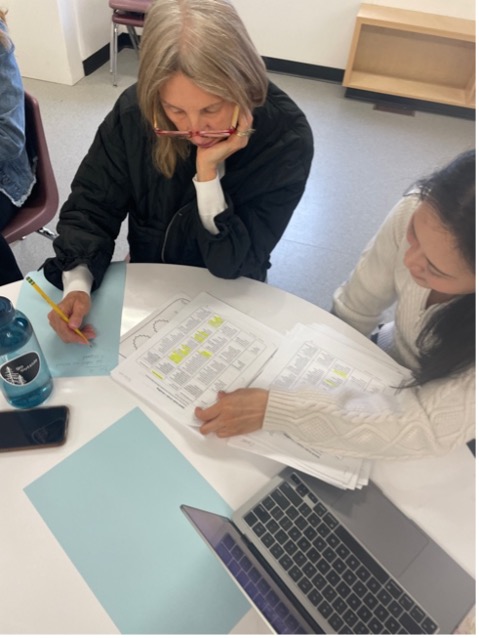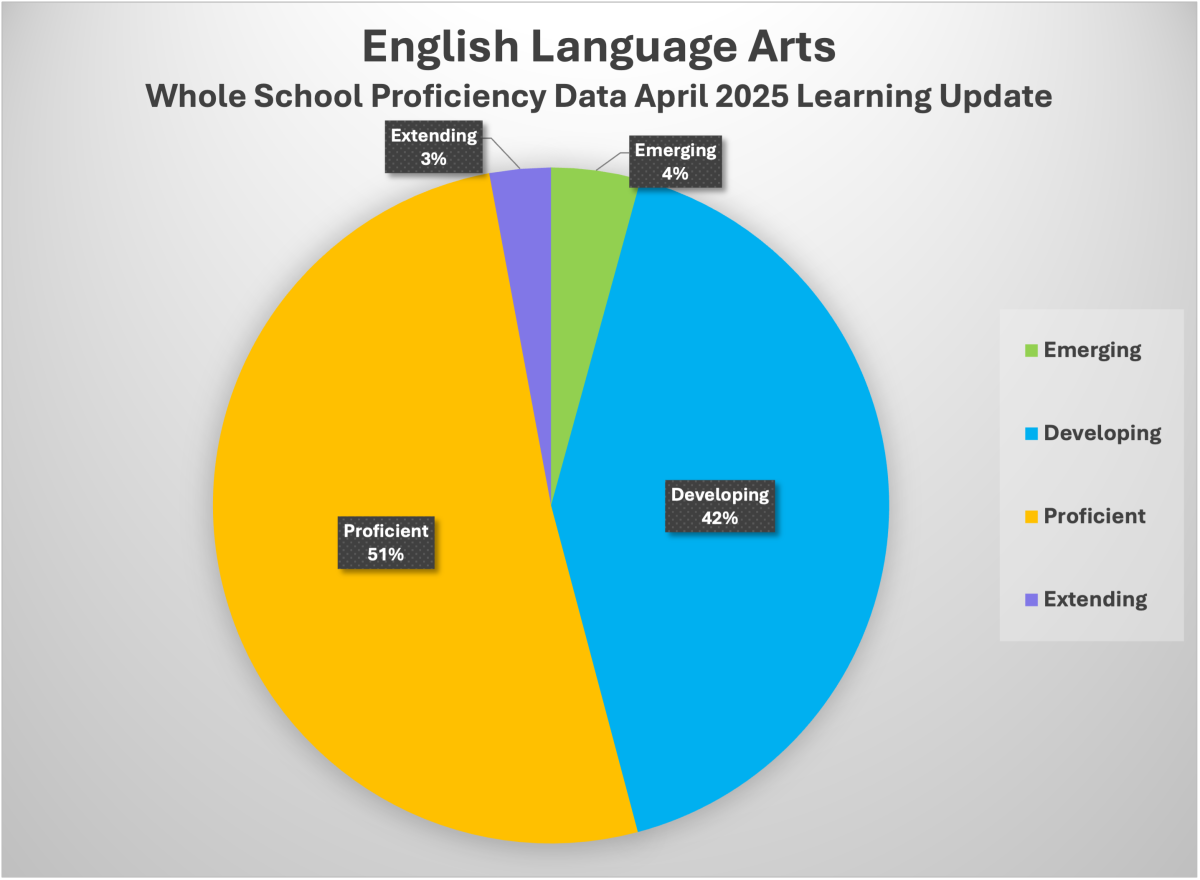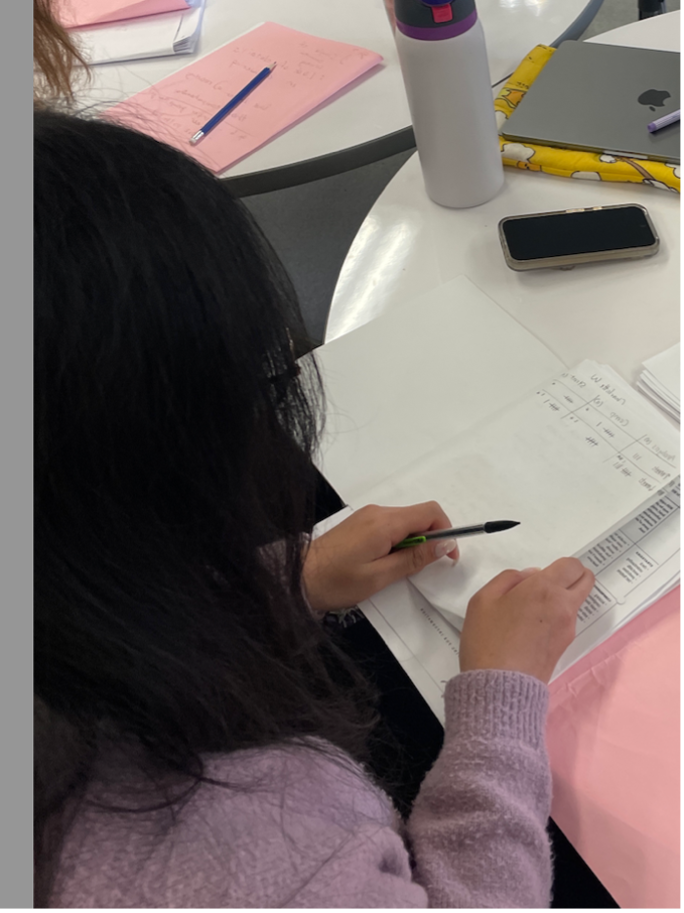Literacy Learning Evidence & Actions Moving Forward:



Over the course of the 2024/2025 school year, we have been working on strengthening literacy skills. We started with an inquiry focused on building oral language/vocabulary using strategies that incorporate First Peoples Principles of Learning. Staff met in grade groups several times over the course of the year to share, learn and practice thinking routines with students. In the spring we decided to dig deeper with our literacy focus and we completed a school wide reading assessment.
Over the course of the year, as our literacy focus has deepened, we collected and reviewed various sources of data:
-FSA (Ministry Foundational Skills Assessment) literacy data
-School wide DART (District Reading Assessment) data
-Learning updates/Reporting data
-Student voice


Identified Gap/Problem
FSA data indicated a range in scores (responses) with level one and level two cognition questions. After reviewing level 3 cognition questions, we noticed a lack in range indicating a possible gap/problem. Level 3 questions are those higher order thinking skills, inferring and critical thinking skills. We became curious as to why this might be the case.
When then compared these findings to our school wide DART data. We noticed a similar pattern.
Most our primary students can read with expression and decode well. They can also retell events in stories with a good degree of accuracy. They can use cues to figure out what is happening in a story. Students were also able to make surface level connections. However, they required prompting to formulate deeper connections and to extend their thinking.
Similarly, intermediate students had strengths in several areas. Students can use strategies to help them figure out words when they are reading. They can summarize and retell quite well. They are also able share a fair amount of detail about what they have read. Some students required help learning about the importance of using text features to support meaning making.
There was a noticeable gap between reading fluency and comprehension. As responses were also mostly surface level, we wondered if reading was about fluency or about thinking for our students. We are curious about doing work in this area. Our intermediate students also had challenges making deeper connections.
We linked the need to develop deeper connections to the First Peoples Principle-Learning takes time. We need to build in time to help students think more deeply about what they are learning, time for wondering, inferring, questioningand being curious; time to activate and engage thinking. Providing this time (before and) after reading can help deepen student literacy skills. Along with providing time, we recognize we also need to provide text choice to support engagement in learning.
Actions to be taken across grades:
Provide opportunities and time for students extend their thinking and strengthen inferring skills in open, flexible ways that foster curiosity/iquiry.
Include more opportunities for text choice and choice in overall learning opportunities
Sample strategy:
One example to help extend thinking when students are reading is to provide a target question before reading to help them think about the text while reading.
Supporting Professional Learning:
In alignment with this focus, we will provide opportunities for staff to come together to learn from and with each other.
We will incorporate learning from Faye Brownlie’s book, Grand Conversations.

More Information-Grade Group Key Focus Areas:
| K/1-Focus Area | -build in strategies and time to help students explain their connections -opportunities for more conversation about what they are interested in, what they/we are reading and what we are learning (less prescriptive) -focus on oral language, vocabulary, retelling information/comprehension and more identification and flexible use of reading strategies |
| 1/2 Focus Area | -Deeper thinking and more detail in responses and connections |
| 2/3 Focus Area | -moving beyond surface level responses -inferring -sequence for retelling |
| 3/4 Focus Area | -connections -fact/opinion evidence |
| Grade 4/5 | -describing strategies -supporting details for connections and comprehension |
| Grade 5/6/7 | -details in responses and connections -better recognition and use of background knowledge --deeper comprehension and analysis “because…” |
Below are some of the sample strategies explored/discussed during release time:
Sample Strategies:
| -‘tell me some more’, to extend thinking |
| - invitations to look for key words in text, to think about what the words mean |
| - opportunities for highly oral engagement with more time for student participation |
| - Read 3 books every day and intentionally add in opportunities for oral language, book talks, prompt with questioning |
| - Teach explicit ways to do add details when answering questions (Example: show three examples of answers to questions and look for strength in all of them. Find the good in all of them and decide which one is best. Then invite students to write their best answer to a question) |
Some Additional Strategies/Ideas:
| - Conferencing with students after they read when answering questions & asking further questions is one strategy: Example: ‘As you drive over the river, what do you think about’? ‘Who is going to guess as to why the logs in the river move twice a day’? |
| - Working to provide opportunities to extend thinking through questions that foster creativity and deeper connection/learning |
| - Increasing non-fiction text, choice and text variety over all |
| - Different kinds of thinking with different kinds of texts |
| - Building detail in the text, questioning students, ‘what else do you wonder?’ |
| - Being intentional about prompting by moving from connections to questioning |
| - Helping students understand the ‘why’ with some of our asks (metacognitive processes). Example: 'How does making connections when reading help develop our thinking and learning skills?' |
| - Building background knowledge in easy ways such as choosing some pieces and doing things like ‘exploding a sentence’. This strategy gets at deeper thinking, developing questioning skills, pushing on what they know and how that influence what they will understand. |
All the above are strategies that can help build critical thinking skills and deepen connections/inferring skills.
A few extra pointers shared during our collaboration and learning session with Faye Brownlie:
- Starting deliberately with a question before moving to the activity/reading the text, begin by inviting everyone to ask a question. No one answers the questions, rather they are encouraged to wonder. This is helpful both for building background knowledge before reading and writing tasks. Students will look at things and engage with more curiosity.
- When conferencing with students (example-when completing the DART assessment), move to kids when you conference, don’t move away from them. This provides an opportunity for other students to learn from the conversations
happening in the room.
Effectiveness of Actions:
-We will administer the DART again in September and will work in grade groups to review data to continue to be responsive to student needs and refine our forward planning. We are looking for trends and patterns.
-Consider student feedback opportunities after the assessment?
How Might the Educational Leadership Team Support you with this Plan
-continue to provide funding to help us access release time for grade groups to learn from various sources of student data